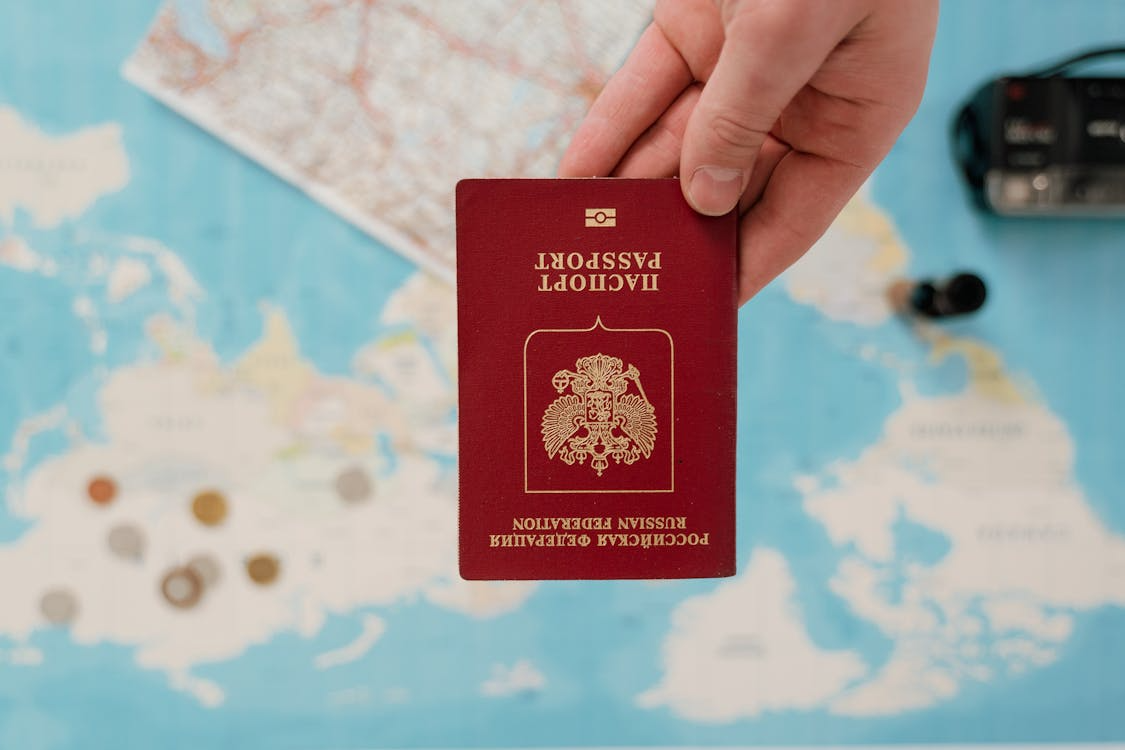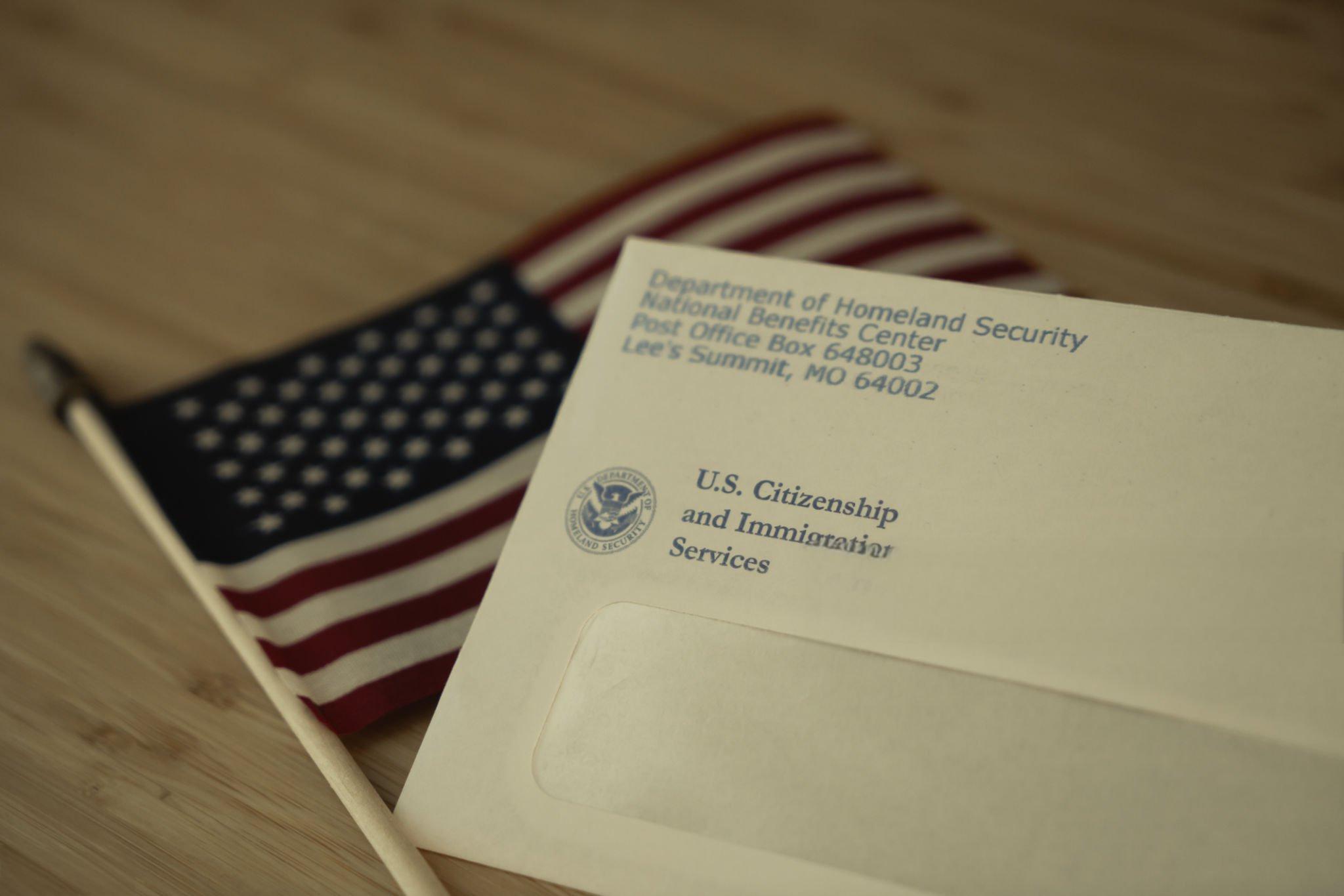In today’s globalized world, translating documents isn’t just about swapping words from one language to another—it’s about carrying a culture across borders. Cultural accuracy in translation can make or break your message, whether you’re pitching to international clients, launching a product overseas, or navigating legal agreements. Missteps can lead to misunderstandings, damaged reputations, or even costly legal issues. So, how do we get it right?
Why Cultural Accuracy Matters
Language is deeply tied to culture. Idioms, etiquette, and values vary widely—what’s polite in one culture might be offensive in another. For example, translating “kick off a project” directly into Chinese might confuse readers, as the phrase doesn’t carry the same “let’s get started” vibe. Similarly, humor or references to local traditions can fall flat or offend if not adapted thoughtfully. Ignoring these nuances risks alienating your audience or misrepresenting your brand.
Real-World Consequences
Consider a famous case: a global brand once translated a slogan into Chinese without cultural review, inadvertently implying a disrespectful message about family values. The backlash was swift—negative press and a dented reputation followed. In legal contexts, misinterpreting culturally specific terms in contracts can lead to disputes or invalid agreements. These examples show why cultural accuracy isn’t just nice to have; it’s a business imperative.
How to Achieve Cultural Accuracy
-
Research Your Target Market: Understand the cultural context of your audience. What are their values, taboos, and communication styles? For instance, formal language is critical in Japanese business documents, while a conversational tone might work better in American English.
-
Localize, Don’t Just Translate: Localization adapts content to resonate with the target culture. This might mean swapping out idioms, adjusting visuals, or rephrasing to align with local norms. For example, a marketing campaign referencing Thanksgiving won’t connect in countries where the holiday isn’t celebrated—consider a local equivalent instead.
-
Test for Cultural Fit: Run translations through cultural adaptability tests. Engage native speakers to review for tone, context, and appropriateness. This step catches potential missteps before they reach your audience.
-
Work with Experts: Professional translators and local proofreaders are invaluable. They bring linguistic precision and cultural insight, ensuring your message lands as intended. Tools like AI can assist, but they often miss subtle cultural cues—human expertise is non-negotiable.
The Takeaway
Cultural accuracy in translation is about respect—respect for your audience’s values, traditions, and expectations. By investing in thorough research, localization, and expert input, you can build trust, avoid costly errors, and connect meaningfully with global audiences. Next time you translate a document, ask yourself: Does this speak their language—culturally and linguistically?











